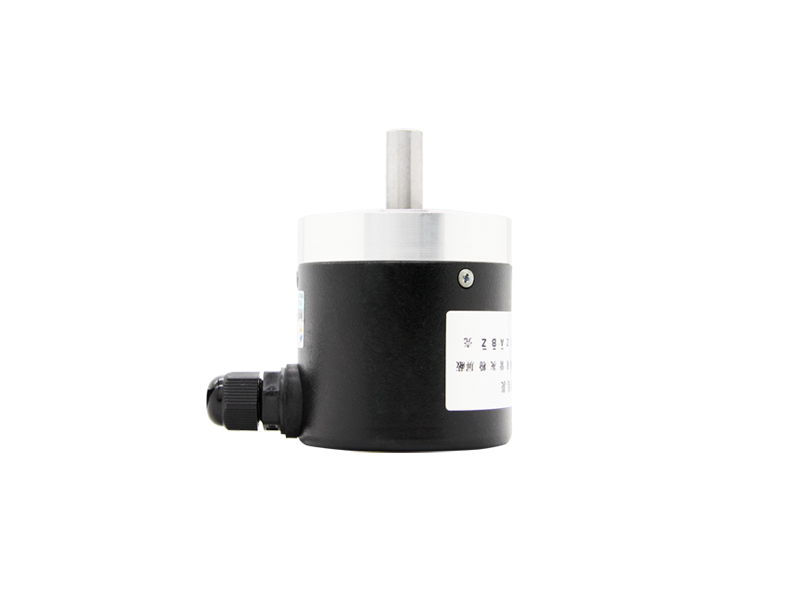How does an angle encoder work?
Release time:
2023-02-14
How does an angle encoder work? An angle encoder is a speed and displacement sensor with integrated optoelectronic technology. When the angle encoder shaft drives the grating disc to rotate, the light emitted by the light-emitting element is cut into intermittent light by the grating disc slit and is received by the receiving element to generate an initial signal. After the signal is processed by subsequent circuits, a pulse or code signal is output.
How does an angle encoder work?
An angle encoder is a speed and displacement sensor with integrated optoelectronic technology. When the angle encoder shaft drives the grating disc to rotate, the light emitted by the light-emitting element is cut into intermittent light by the grating disc slit and is received by the receiving element to generate an initial signal. After the signal is processed by subsequent circuits, a pulse or code signal is output. It has the characteristics of small size, light weight, many varieties, complete functions, high frequency response, high resolution, small torque, low energy consumption, stable performance and long service life. When the incremental encoder shaft of an angle encoder rotates, there is a corresponding phase output. The determination of the direction of rotation and the increase or decrease in the number of pulses require the help of a back-direction judgment circuit and a counter. The counting start point can be set arbitrarily, and unlimited accumulation and measurement of multiple cycles can be realized. It can also send a pulsed Z signal per revolution as a reference mechanical zero. When the pulse is fixed and the resolution needs to be increased, the frequency of the original number of pulses can be doubled using the signals of two channels with a 90-degree phase difference A and B. Angular Displacement Sensors - Inductive, magnetoresistive and photoelectric measuring instruments can be used to measure angular displacement and convert it into an electronic signal for remote transmission. Potential , inductive, magnetoresistive, incremental or * coded angular displacement sensors can be applied according to user requirements. Angular displacement sensors can be used to measure weir doors, sector valves, valves and control drives, as well as mechanical telegraphs and rudders for ships, oscillating and lifting devices for cranes, machine tools and processing equipment, and digital regulators on cranes, excavators and ship control transmitters.

It is more suitable for measuring points under severe vibration. It is mainly used to solve measurement problems in the energy industry and chemical plants, such as measuring the actual displacement of variable speed drives, or measuring machines in the paper and textile industry, as well as measuring the displacement of floating rollers. It is widely used to measure the inclination of crane and chisel swing systems. This is a very durable measuring instrument. It has no shaft exit end and is sealed. It can measure the angular displacement of permanent magnets remotely. The sensor is mainly used to measure the displacement of control axes and the angle of chisel articulated arms as well as other industrial uses. This measurement does not require a shaft outlet, and the sensor with the shaft outlet also contains a closed electronic component. The sensor is mainly used in the water distribution industry to measure the displacement of herringbone doors, weir doors and similar equipment. The angle encoder product is a high-resolution measuring instrument that can be used in the case of single-turn coil or multi-turn coil type, low temperature coefficient, and digitally coded angular displacement output signals. Single-turn coil sensors are used in railways and other transportation applications as fast directional rings connected to crane traction switches. Multiturn coil sensors are more suitable for use with rope length measurement equipment for cable winches for traction equipment and lifting systems or tool displacement measurement equipment in machine tools.
Our company is mainly engaged in the development and manufacture of high-quality sensors and is now one of the suppliers of measuring systems. Various user-friendly system solutions have been enhanced over the years, including linear and angular emission systems. Determine systematic measurement data and monitor processes that now range for almost all industrial measurement and control applications – high performance and precision equipment, automation and safety engineering.
previous page
next page
Related news


